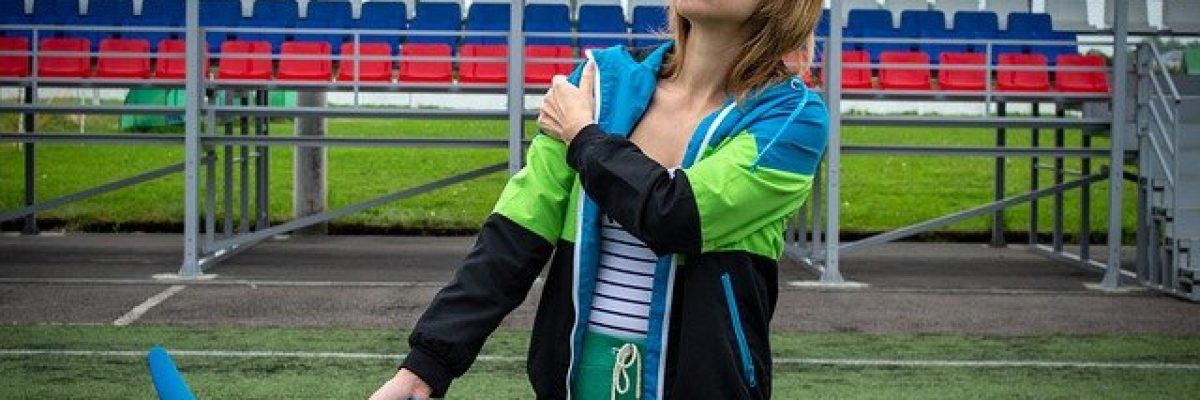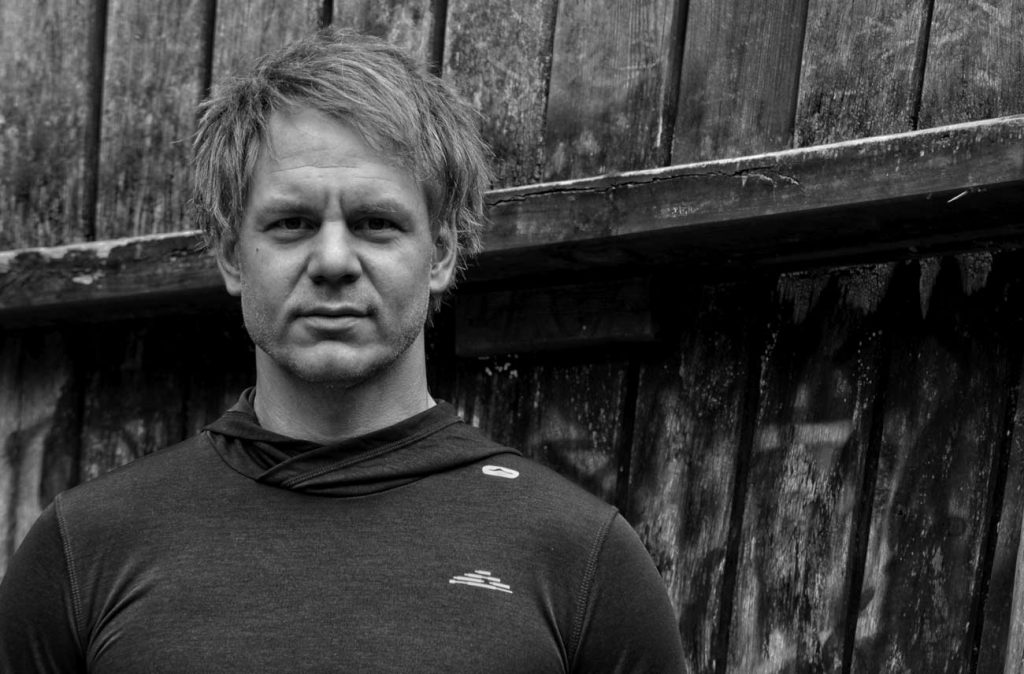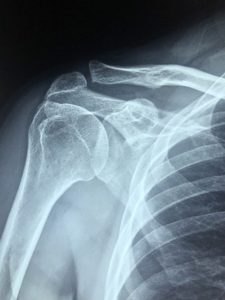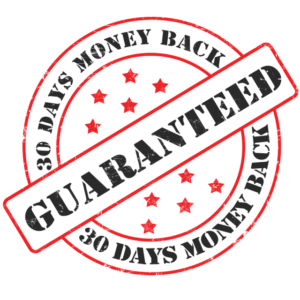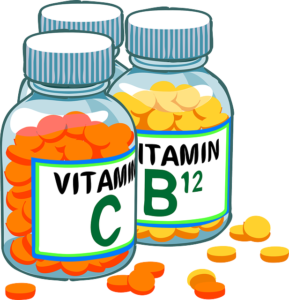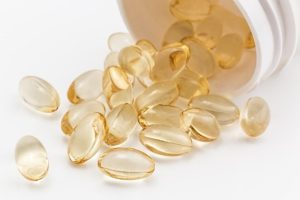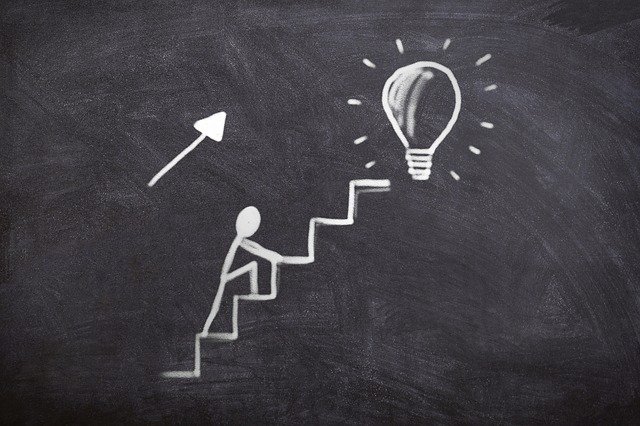The pain relieving expert is asked: (Instead of complaining, why not take a chance?) Which part of the body is most often affected by complaints? So not just pain, that too, but restricted movement and minor discomfort. Is there a number 1?
“So what is always involved in some way? Hm… I say the shoulder. “
That surprises me, I thought somehow the back or something. Why the shoulder?
“Most of the time, even if one part of the body is particularly painful, back, neck, elbows, knees…. the shoulder is still affected. Only in this case, for example, if the knee is particularly painful or the back – the shoulder is still painful or restricted. But in this case, it is not the most painful part of the body. But limitations are there. Definitely. “
But why is that?
“On the one hand, this is due to the construction of the shoulder. A joint which in a healthy state – in a healthy state ! – 80-90 degrees in any direction – in any direction! – is movable without problems. Secondly, there is usually an overload on the shoulder when complaints arise. This results in a muscular imbalance. And from this follows in the long term… Well? Any ideas? Damage and pain.”
Like overload? I don’t understand. I sit at the computer or work at the cash register during the day. How am I supposed to overload anything? And I don’t do any shoulder training at the gym, for example.
“Take the example of the cashier in the supermarket. 40 hours a week in a sitting position, where goods are pushed from right to left during this period. Arms always in front of the body, not behind, not above the head. After work, it continues, the same position in the car, checking the mobile phone in between, again in the same position. Can we talk about overloading? If you do this for years, then yes, isn’t it? Where are the possible angles of 80-90 degrees that a healthy joint should be able to perform without any problems? ”
And on the PC? Is it the same there?
“Exactly. Only in the typical posture in front of the computer, but the shoulders are always in the same position.”
Yes, but if that is the problem and the working conditions are as they are – how am I supposed to earn money? There is no other way. Or is there?
“A person has been in pain for years and nothing really helps. What is the attempted solution? Keep applying cream? Keep trying not to trigger the pain with certain movements? An operation? Massages? And working life still has another 20 years on the clock. Does that make sense? So continue to complain? Right? And don’t change a thing.”
Now calm down again. So what can you do?
“If angles of motion are not used completely, but only in a small spectrum, the available potential of the angle becomes smaller and smaller. As a child, everything was no problem at all, as a teenager it was a little more so, and as an adult it was partly impossible. If these angles are no longer controlled, the tissue becomes matted and movement patterns become more and more difficult to use. It’s like wearing a diving suit on land. So the solution would be to retrain the angles you have unlearned.”
But how can that be done? Life is stressful enough. And I’m not a teenager anymore and I never liked gymnastics.
“Is 15 minutes of exercise a day too much? 15 minutes? And in exchange, freedom from pain?”
But when a person is in pain? How can they learn something new? Or rather, they can’t do it at all. Because of the pain.
“And that’s exactly where I can help. I erase the pain. The exercises can be done again. “
I see. Then the person always has to come to you, to your studio. Correct?
“Not correct. Why can’t the person do it alone? I also offer group training. Yes. But that is optional. It’s not compulsory. I, as a practitioner, am not necessary for maintaining freedom from pain.”
Yes… but… I have more questions….
“Ah… you are curious. That’s good. Then make an appointment to talk.”
Yes… But…
“Appointment. See you later, my friend. “

